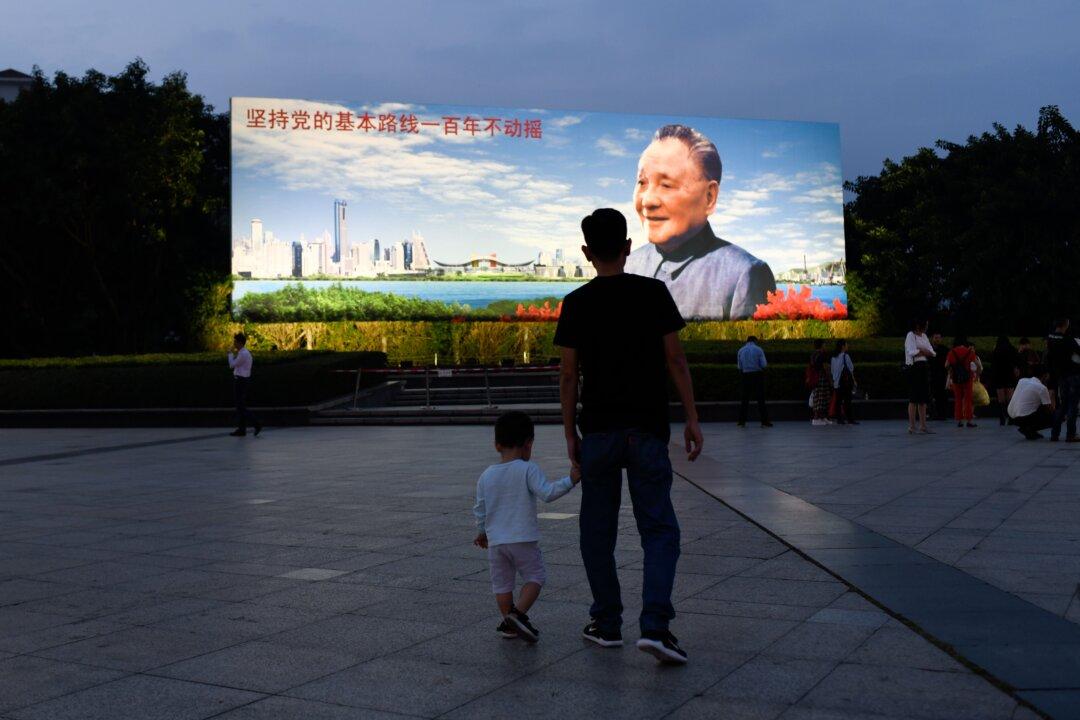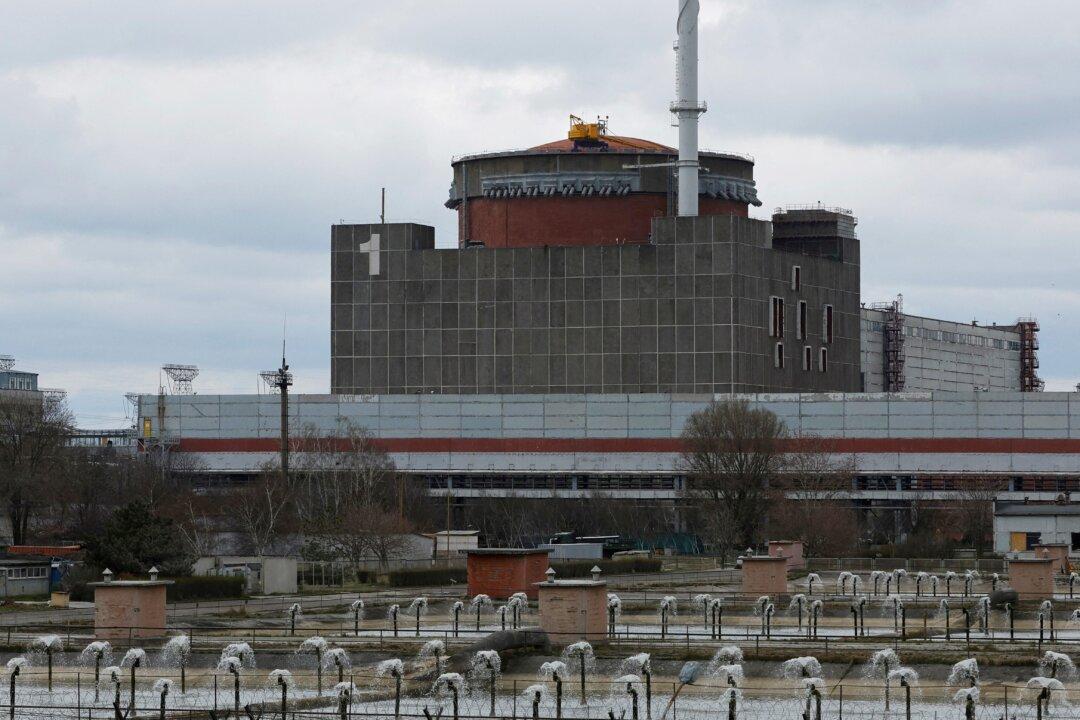China’s tech hub Shenzhen saw its population drop by 19,800, which was the first population drop since the city was established in 1979.
An economist believes that the population decline can be attributed to the harsh zero-COVID policy, China’s decoupling from the United States, and the relocation of the industrial chain, which have led to the closure of many companies, layoffs, and a rise in the unemployed population.






